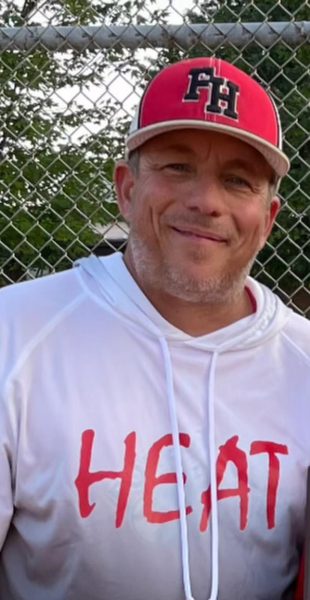Human trafficking found prevalent in Maryland:
Traffickers flying under radar
Today, there is an estimate of 29,800,000 slaves all over the world. Though that number is startling, even more haunting is that human trafficking is prominent here in Maryland. With easy access to ports and highways like I-95, people in Maryland, and even Harford County, have been targeted by traffickers.
According to the Maryland Rescue and Restore Coalition, human trafficking as a criminal act is defined as recruiting, harboring, transporting, provisioning, or obtaining of a person age 18 or older for labor or service. Shockingly, there are about ten times the number of slaves today than during the slavery period
Traffickers use force, fraud, or coercion for the purpose of involuntary servitude, debt bondage or slavery. If the individual is under the age of 18, they are seen as a victim instead of a criminal. Research has shown that children being targeted in the United States are between the ages of 11-13, whereas internationally, the desired age is 18-19.
According to the law, there is no such thing as a child prostitute. But if the person is over the age of 18, they are often considered criminals that deserve jail time.
” Experts believe the line is blurred between prostitution and sexual slavery,” says wbal.com. “Leading authorities said young prostitutes can be manipulated just as easily as a vulnerable teenage girl.”
Labor trafficking entails forcing people to work for others under legal issues as a threat. Often, these people are mistreated and underpaid.
Sex trafficking happens everywhere, it follows the money. It even happens in high schools. In Fairfax, Virginia, hundreds of girls were going home at night to their families after being forced to sell their bodies from 2:30-6 pm. Police and school officials in Fairfax are now trying to spread word about the looming dangers of the sex trade to teens and parents by launching a website and ad campaign through a public school education program – starting with the sixth grade, according to wjla.com.
“I had no idea it was that big of a problem,” said Tanya Samples, a parent in Fairfax.
This reasoning resounds with most people, because it’s hard to see what has been flying under the radar for so long. But now, human trafficking is the second largest criminal enterprise in the world, second to drugs, but not for long. Human trafficking is a more lucrative business that has less penalties. In fact, the laws right now in Maryland are more stringent for someone in possession of a used joint than for someone in the possession of a sex slave, according to Jeanne Allert, a representative of a mission organization called The Samaritan Women. In fact, being in possession of a sex slave will result in nothing more than a misdemeanor charge.
“It’s funny how we live in ignorance and bliss and refuse to notice what’s going on under our noses,” said junior Nick Giannasca.
Organizations working to make a difference for these victims are few and far between. In Baltimore, Maryland, however, The Samaritan Women serves women who have endured trauma, including veterans and victims of human trafficking
“ Our program emphasizes the restoration of women’s lives in the areas of academics, vocation, spirituality, relationships, and self-care,” says thesamaritanwomen.org. “Our unique vocational program integrates horticulture, culinary arts and entrepreneurship.”
When Allert came to speak at Mt. Zion United Methodist Church in Bel Air recently, volunteers were organized into nine different teams: prevention, work, prayer, volunteer, education, etc.
“Now is the time to organize, and figure out what we can do to save these women, and put those traffickers behind bars,” says Allert. “A good place to start is raising awareness of the dangers of human trafficking among our youth.”











